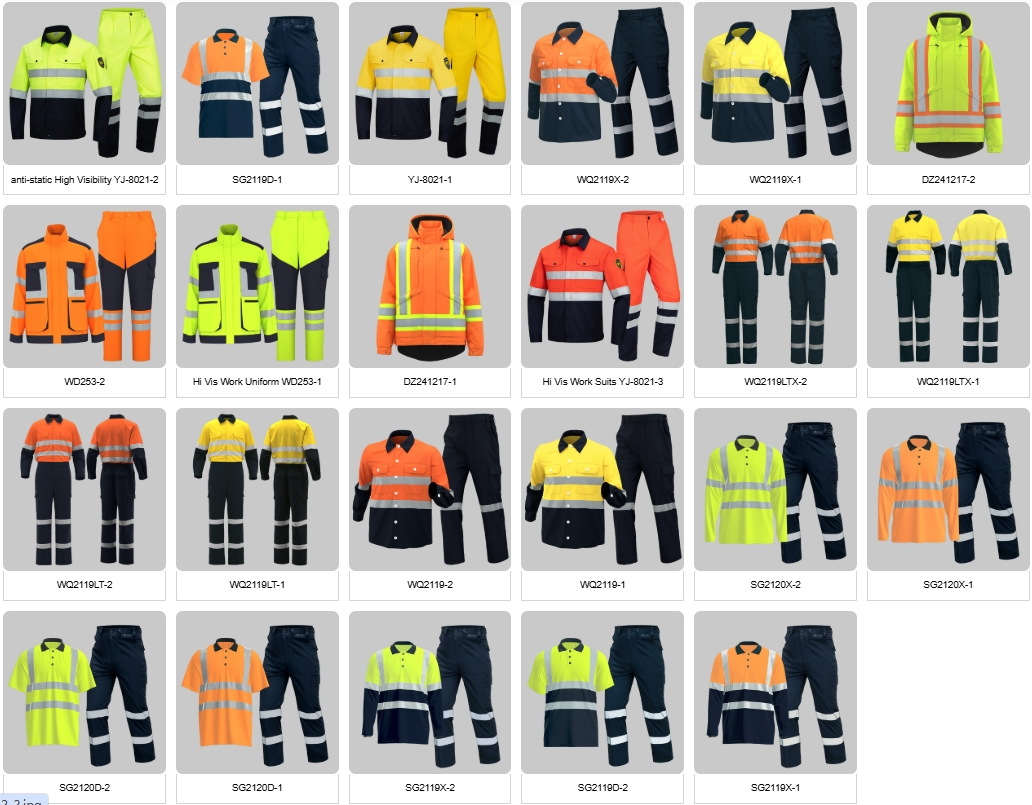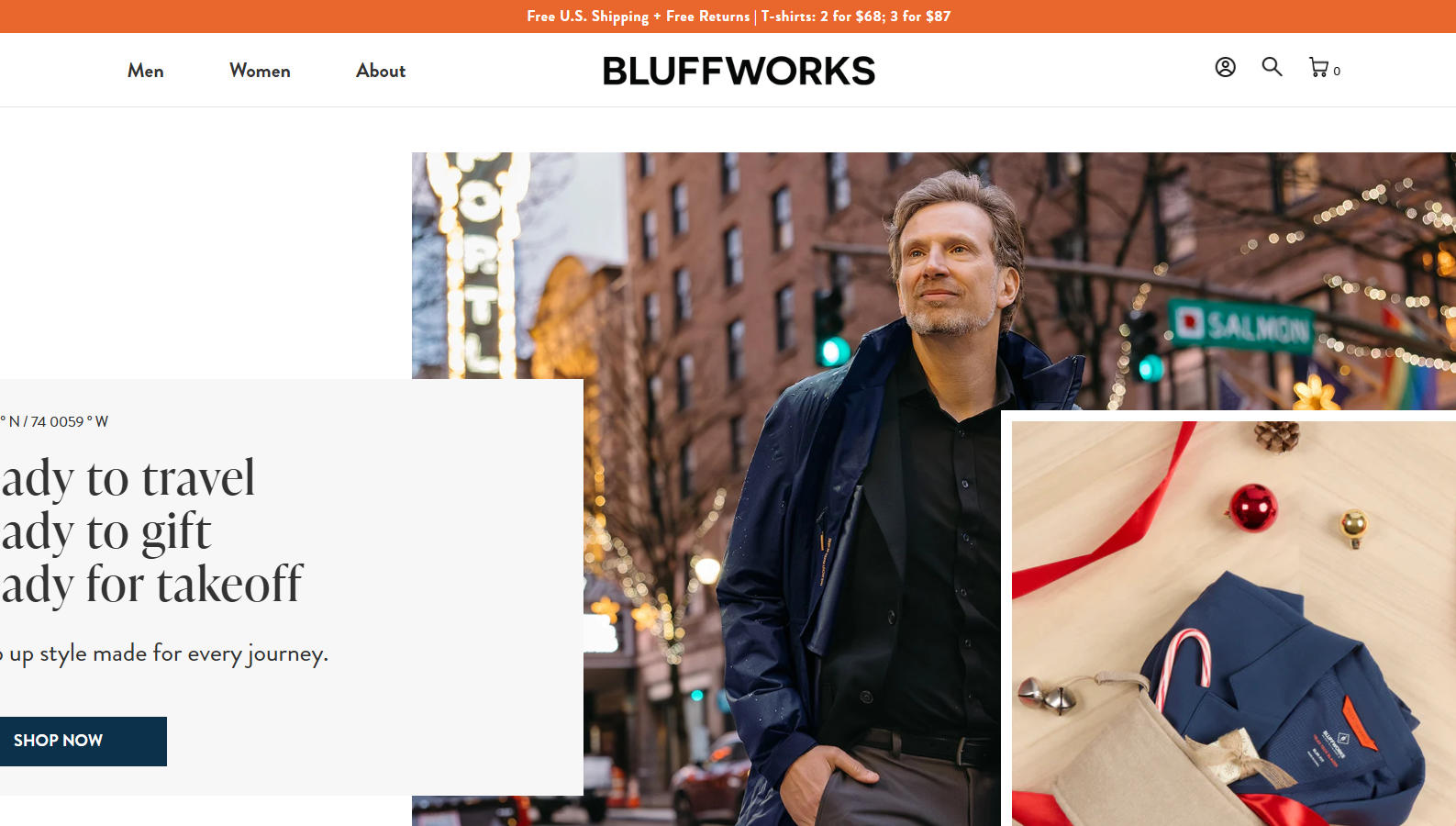Here is a detailed analysis of a Hungarian company importing custom logo work uniforms from China, reflecting Hungary’s strategic position as a central logistics hub within the European Union.
Executive Summary
For a Hungarian company, this is a highly efficient and strategically sound supply chain model. Hungary’s well-developed infrastructure, EU membership, and its role as a terminal for the China-Europe Railway Express make it an ideal gateway for this trade. The process leverages China’s cost-effective and customizable manufacturing with Hungary’s seamless access to the EU single market.
The Import Process: Step-by-Step
Phase 1: Sourcing & Planning (in Hungary)
-
Define Requirements: The company finalizes uniform designs, fabric types (for continental climate), colors, and logo specifications (embroidery, printing). Compliance with EU safety standards is essential for specific industries.
-
Supplier Sourcing: This is primarily done online via B2B platforms like Alibaba.com or Made-in-China.com. Attending the Canton Fair is also a highly effective method for building direct supplier relationships.
-
Request for Quotation (RFQ): The company sends detailed specifications to multiple suppliers to compare pricing, MOQ (Minimum Order Quantity), and production timelines.
Phase 2: Negotiation & Production (with China)
-
Sample Approval: This is a critical and non-negotiable step. The Hungarian company must request and approve a physical sample to check quality, fit, stitching, and logo application before mass production begins.
-
Contract Finalization: Both parties agree on the final price, payment terms (typically 30% deposit, 70% before shipment), and Incoterms. The most strategic terms are FOB (Chinese Port) or EXW (Chinese Factory), giving the Hungarian buyer control over the main shipping leg.
-
Production & Quality Control: The factory begins mass production. The buyer should request production updates. For large orders, a pre-shipment inspection by a third-party agency is highly recommended to ensure quality matches the approved sample.

Phase 3: Logistics & Import (The Key Phase for Hungary)
-
Logistics – A Central European Hub: Hungary’s location offers highly efficient logistics corridors, most notably its direct rail link.
-
Primary Route: China-Europe Railway to Budapest. This is a major advantage. Goods travel by train directly from China to the BILK (Budapest Intermodal Logistics Hub) terminal. This is fast (15-20 days), reliable, and cost-effective for this region.
-
Sea Freight: The most cost-effective for large, non-urgent orders. Goods are shipped from China to North European ports like Hamburg or Trieste, then transported by truck or rail to Hungary. Transit time is 40-55 days.
-
Air Freight: Very expensive and reserved for samples or extremely urgent, small orders.
-
-
Customs Clearance in Hungary (EU):
-
As an EU member state, Hungary follows the Union Customs Code (UCC). The goods are declared to Hungarian customs, after which they can circulate freely within the EU single market.
-
Required Documents: Commercial Invoice, Packing List, Bill of Lading (Sea) or Rail Waybill, and Certificate of Origin.
-
EORI Number: The Hungarian company must have an EORI number starting with ‘HU’ to import into the EU.
-
Customs Broker: Hiring a Hungarian customs broker is highly recommended. They will handle the import declaration, ensure correct HS code classification, and manage the payment of import VAT (standard rate is 27%) and any applicable customs duties.
-
Key Advantages for a Hungarian Company
-
Cost-Effectiveness: Significant production cost savings compared to manufacturing within the EU.
-
Direct Rail Link: The China-Europe railway terminal in Budapest provides a direct, fast, and strategic logistics channel that is a key competitive advantage.
-
EU Single Market Access: Once customs-cleared in Hungary, the uniforms can be sold or distributed to any other EU country without further customs checks.
-
Strong Industrial Base: Hungary’s robust automotive, manufacturing, and pharmaceutical sectors create high demand for quality workwear.
Challenges & Risk Mitigation
-
Quality Control Risk:
-
Risk: Receiving a large order that does not meet the quality standards of the approved sample.
-
Mitigation: The sample process is paramount. For significant orders, invest in a third-party inspection service in China.
-
-
Logistical Complexity:
-
Risk: Choosing the wrong Incoterms or an unreliable freight forwarder can lead to delays and added costs.
-
Mitigation: Work with a freight forwarder experienced in the China-Hungary corridor, especially with the railway system. Clearly define responsibilities using Incoterms.
-
-
EU Compliance and Import Duties:
-
Risk: Textiles and clothing are subject to EU import duties. Incorrect documentation can lead to customs delays and fines.
-
Mitigation: A reliable Hungarian customs broker is essential for ensuring full compliance.
-
-
Payment Security:
-
Risk: Sending a substantial deposit to a new supplier carries financial risk.
-
Mitigation: Use secure payment methods like Alibaba Trade Assurance or a Letter of Credit (L/C). Start with a smaller trial order.
-
Strategic Tips for Success
-
Leverage the Budapest Rail Terminal: The China-Europe railway is often the most strategic choice for Hungarian importers, offering an excellent balance of speed and cost.
-
Partner with Local Experts: A skilled Hungarian customs broker and a reliable freight forwarder are as crucial as a good supplier in China.
-
Build a Supplier Relationship: Invest in a long-term partnership with 1-2 proven Chinese factories for better pricing and service.
-
Calculate the Total Landed Cost: Factor in the product price, shipping, insurance, and all import taxes and fees to understand your true cost per uniform in Hungary.
Conclusion
For a Hungarian company, importing custom work uniforms from China is a highly strategic and efficient business model. Hungary’s direct connection to the China-Europe railway and its central location within the EU provide a significant logistical advantage.
By combining China’s manufacturing power with Hungary’s role as a key European logistics terminal, a company can reliably supply the domestic market and the wider EU with high-quality, customized workwear at a competitive price. Success hinges on diligent supplier vetting, rigorous quality control, and partnering with expert logistics and customs professionals within Hungary.
For some insightful reads, we’ve curated a list of recommended articles just for you:
- How do I find a product manufacturer in China?
- How to find cheap manufacturers in China? A guide to avoid pitfalls
- How to complete your first purchase of workwear in China safely and efficiently
- Custom uniforms for Small business
- Choosing the Best Industrial Work Suit
- Ultimate Guide: Best Wholesale Work Clothes in China
- Cut & Sew Customization
- Logo Customize Clonthing Manufacturer
- Labour Uniform manufacturer
- Labor clothing uniform for sale
- Working clothes china wholesale
Can’t find what you’re looking for? Feel free to contact us. We’re here to help 24/7.
Useful links:





